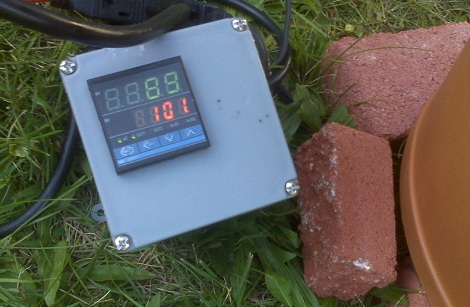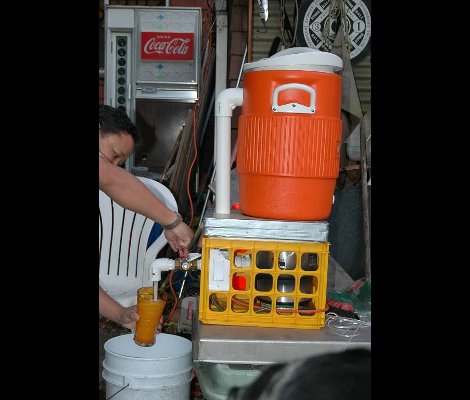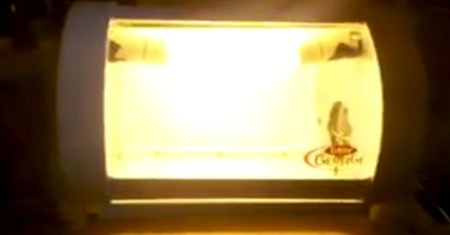[Matt] noticed an overabundance of sous vide builds in the past week, so he decided to throw his Home made meat smoker into the ring. There’s not many things more delicious than a nice cut of smoked meat, and the fact that it’s very similar to the sous vide hacks we’ve seen is an added bonus.
[Matt] decided to build a ceramic smoker like a Big Green Egg. He took a cue from [Alton Brown] and used two terracotta planters and a hot plate for the smoker. For controlling the hot plate, the cheap $35 PID controller we’ve seen in a few sous vide builds was used. The PID can’t control the 7 amps of AC that the hot plate needs, so [Matt] used a solid-state relay he had lying around.
A stainless steel mixing bowl was placed on the hot plate for wood chips. So far, [Matt] has run his smoker for more than 12 consecutive hours, and the results are really promising – there wasn’t much change in temperature between the chill of the morning and the heat of afternoon. [Matt]’s build is great and perfect for venison jerky now that deer season is coming up.






















